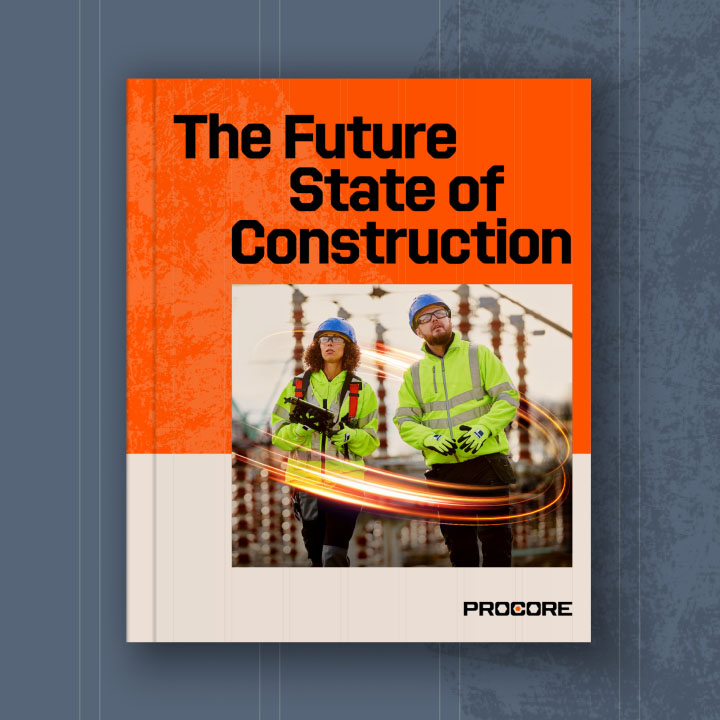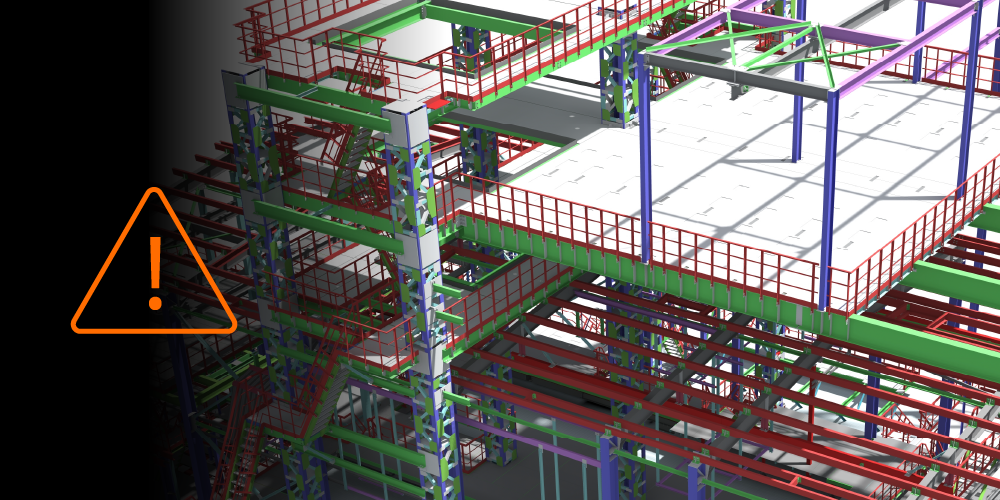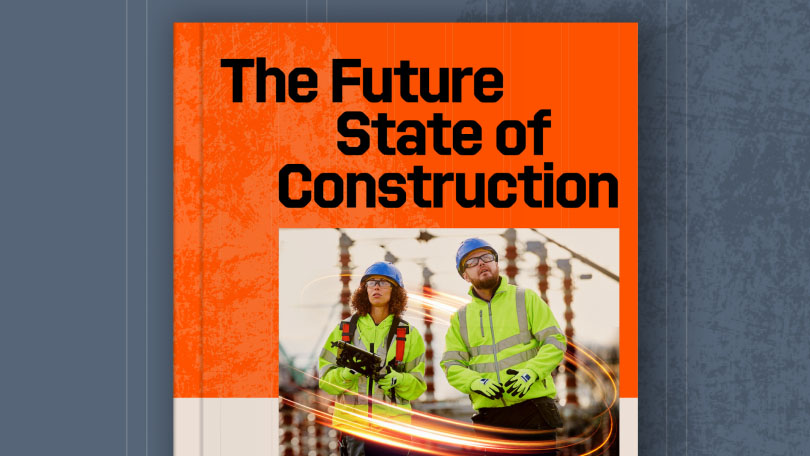Related Articles
— 4 min read
RFQs Explained: How Contractors Prove Their Qualifications

Last Updated Sep 10, 2025

Tamara Harris
Strategic Product Consultant
Tamara has experience in a broad number of topics across construction. From her various roles in Procore as a product consultant to eventually supporting larger construction companies, Tamara understands the industry and is eager to help continue to make it better.
Last Updated Sep 10, 2025

In the construction industry, the term RFQ can mean two very different things: a request for qualifications, or a request for quote.
When an owner-developer uses a request for qualifications (RFQ), they do so to narrow down the list of contractors, to those who best meet the criteria for a specific project. However, when a head contractor uses a request for quote (RFQ), they do so during the variation process (the act of altering the original construction contract) to determine the exact cost of a required change to time, money or scope/the initial scoping process.
Between the two above-mentioned definitions, a request for quote (RFQ) is common in financial management software; specifically, to manage the variation process, which allows a head contractor to respond to a pricing request from an owner-developer and a subcontractor to respond to a pricing request from a head contractor. Some contractors don’t use this formal term at all, simply referring to it as “getting pricing.”
In this article, you’ll learn more about requests for qualifications: How RFQs are used, what to include in an RFQ, and how RFQs compare to other construction requests.
Table of contents
What is a Request for Qualifications?
Owner-developers use a request for qualifications (RFQ) to prequalify a shortlist of potential contractors for a specific project.
Owner-developers use a competitive tendering or proposal process to try to secure the best price for a project. That said, owner-developers also need to ensure that the contractors they partner with have the right experience, and the right team, to complete the project. For this reason, many owner-developers — on both public and private projects — use RFQs to narrow down a list of potential contractors. This way, only qualified contractors have a chance to be awarded the project.
Contractors respond to RFQs with a statement of qualifications (SOQ), which enables owner-developers to determine which contractor meet the necessary criteria to successfully complete a project.
An RFQ is often the first step in multi-stage procurement. In the second step, owner-developers may then issue a request for proposal (RFP) to qualified contractors.
In other cases, an owner-developer may select a head contractor based on the strength of their SOQ. This happens often on public projects that have a set budget and a guaranteed maximum price (GMP) contract.
Items Included in an RFQ
The details to include in an RFQ may vary from project to project. That said, whatever the project may be, the important thing to remember is to read the RFQ carefully, and then submit the details that the document asks for. Failure to do so could result in your tender being rejected.
Some of the most common details to include in an RFQ are:
- List of team members who will assist with the project
- Portfolio that demonstrates past experience with similar projects
- Intended approach to the upcoming project, which may include details about proposed construction methods, materials, and potential obstacles
- Health and safety history such as existing ratings, scores, and approach to quality and safety
- Financial details such as cash flow statements and balance sheets
- Proof of insurance such as public liability, professional indemnity, construction works insurance, and more
- References from relevant contacts, including past owner-developers, architects, government officials, subcontractors, and other head contractors
All of the details requested by the owner-developer should go into a statement of qualifications, which the contractor then submits to the owner-developer.
If the owner-developer approves the SOQ, the contractor can then proceed to prequalification. During prequalification, the contractor can either submit a tender or a proposal. Using tender management software can help speed up this process, making it easy to create, send, and receive tenders on one unified platform.
RFQ vs. RFI vs. RFP
While an RFQ is an important construction document, it’s far from the only one. In fact, there are so many types of requests in construction, some people use the catch-all term “request for X” (RFX) to describe them all in one go. Despite this, there are two requests that are especially prevalent in construction: a request for proposal (RFP) and request for information (RFI).
| RFQ | RFP | RFI | |
|---|---|---|---|
| Meaning | Request for Qualifications | Request for Proposal | Request for Information |
| Purpose | Gather details about a contractor’s qualifications to work on a specific project | Solicit contractor proposals about methods and costs to build a specific project | Clarify information about project details, including aspects of documents like specifications, drawings or agreements. |
| Phase | Preconstruction | Preconstruction | Preconstruction and Construction |
During preconstruction, owner-developers use RFPs to solicit proposals from potential contractors for a specific project. The purpose of the RFP process is to select a head contractor, and then proceed to the contract negotiation and project buyout phases.
While completing a project, contractors and other project team members use RFIs to ask questions about (and clarify) issues relating to specifications, design coordination (drawings), and agreements. As an example, a contractor may issue an RFU to clarify a detail about a construction drawing, identify a potential design problem, or resolve an ambiguous detail in the specifications.
There are many other names for requests in construction, such as requests for tenders. Regardless, the purpose of these requests is to help all parties involved understand the specifics of a project, and to understand those specifics during each phase of construction. This way, everyone is on the same page about what needs to happen, including when and how it should happen.
See what’s coming in construction over the next decade.
Download the Future State of Construction Report for insights, trends, and innovations shaping the industry over the next 8–10 years.

Categories:
Written by

Tamara Harris
Strategic Product Consultant | Procore
Tamara has experience in a broad number of topics across construction. From her various roles in Procore as a product consultant to eventually supporting larger construction companies, Tamara understands the industry and is eager to help continue to make it better.
View profileExplore more helpful resources

Managing Direct Costs in Construction: How Visibility Drives Profitability
Direct costs define the financial reality of every construction project. They cover the labour, materials, and equipment that drive delivery and determine profitability. But even the best-planned budgets can shift...

BIM Clash Detection: Reducing Rework, Delays, and Risk in Construction
Design clashes can be a significant hidden cost in construction, as each conflict between systems risks expensive rework, project delays, and reduced margins. BIM clash detection empowers teams to identify...

Next-Gen Job-Costing: Ready to Move? 5 Things to Consider Before You Get Started
In this three-part series, Quantity Surveyor turned Financial Solutions Specialist Clint Burgess uncovers the real-world gains for people, processes, and profits when businesses move from legacy to next-generation Enterprise Resource...

From Workarounds to Workflow: Solving Construction’s Legacy Job-Costing System Challenges with Next-Gen Tools
In this three-part series, Quantity Surveyor turned Financial Solutions Specialist Clint Burgess uncovers the real-world gains for people, processes, and profits when businesses move from legacy to next-generation Enterprise Resource...
